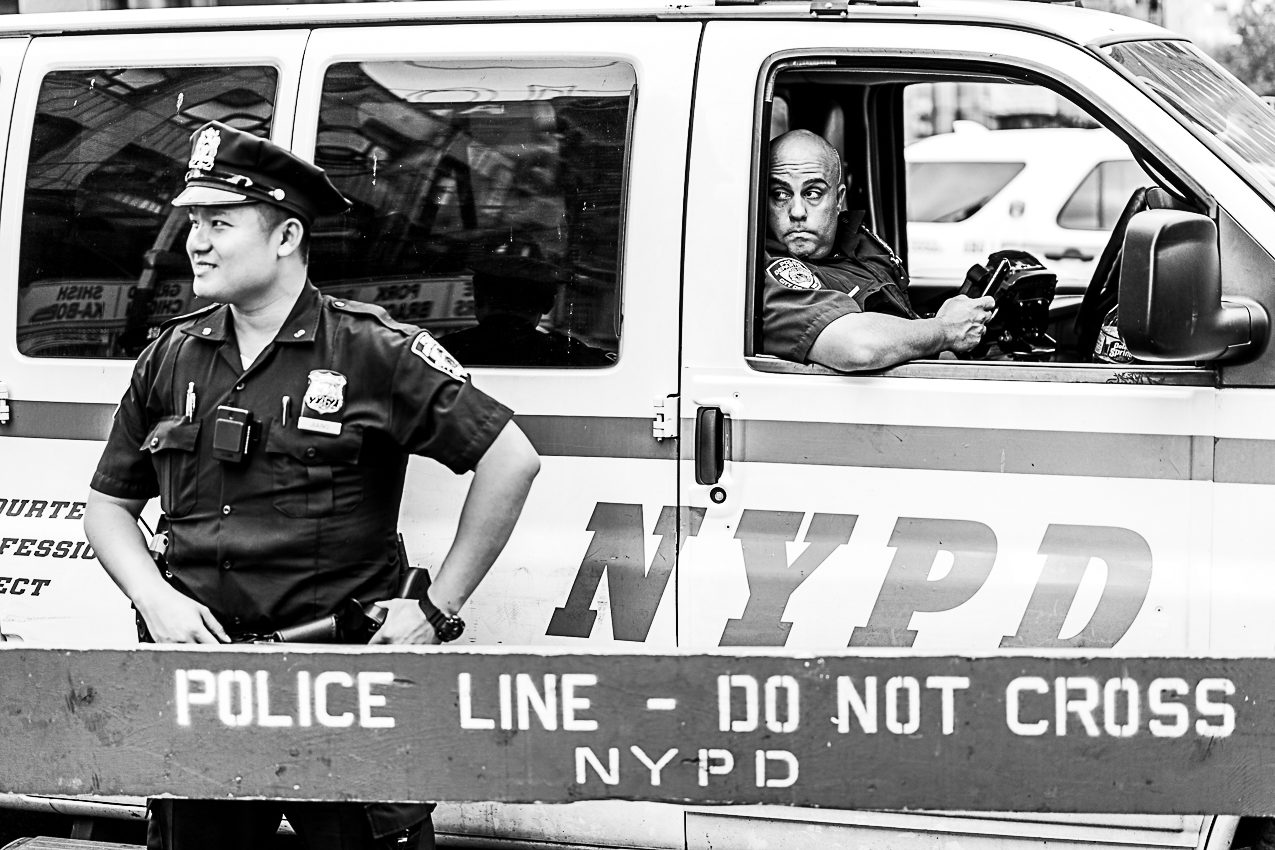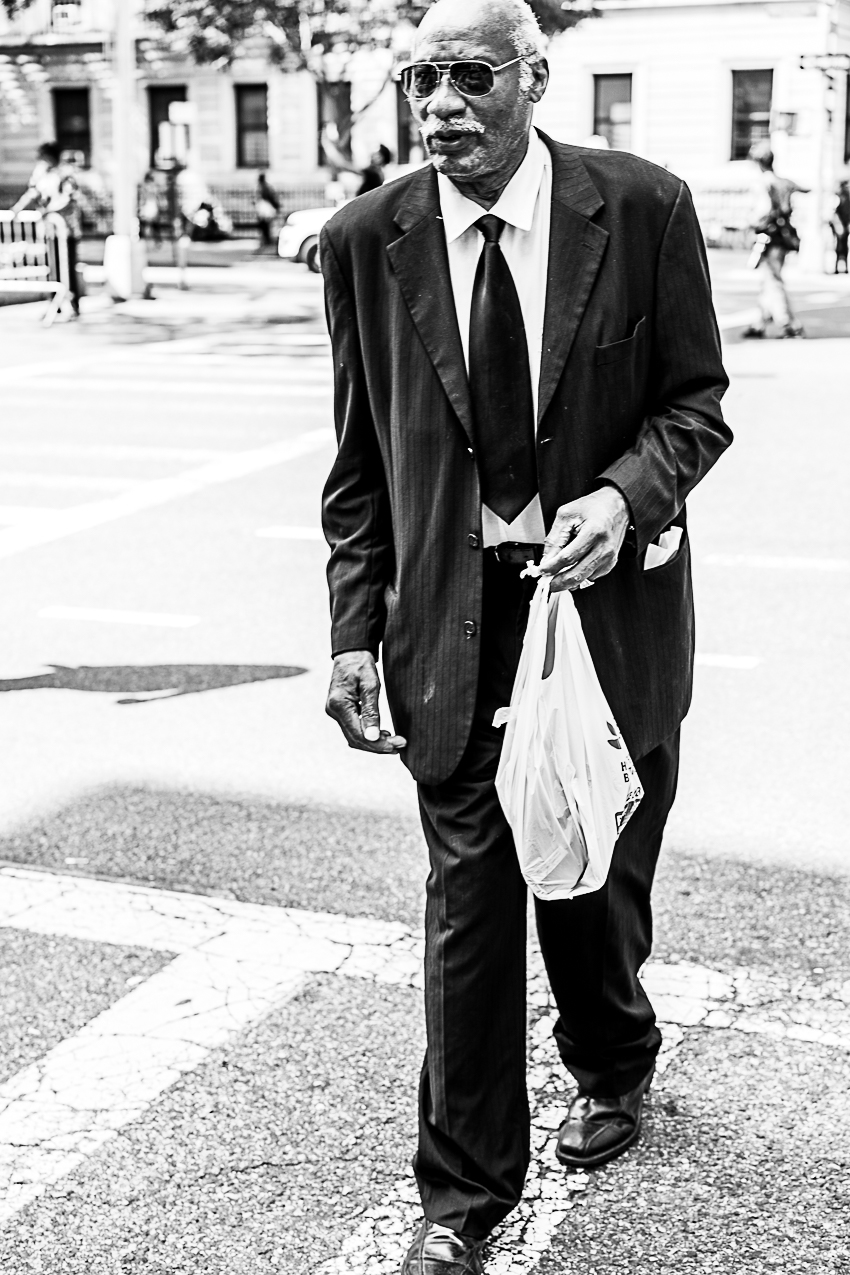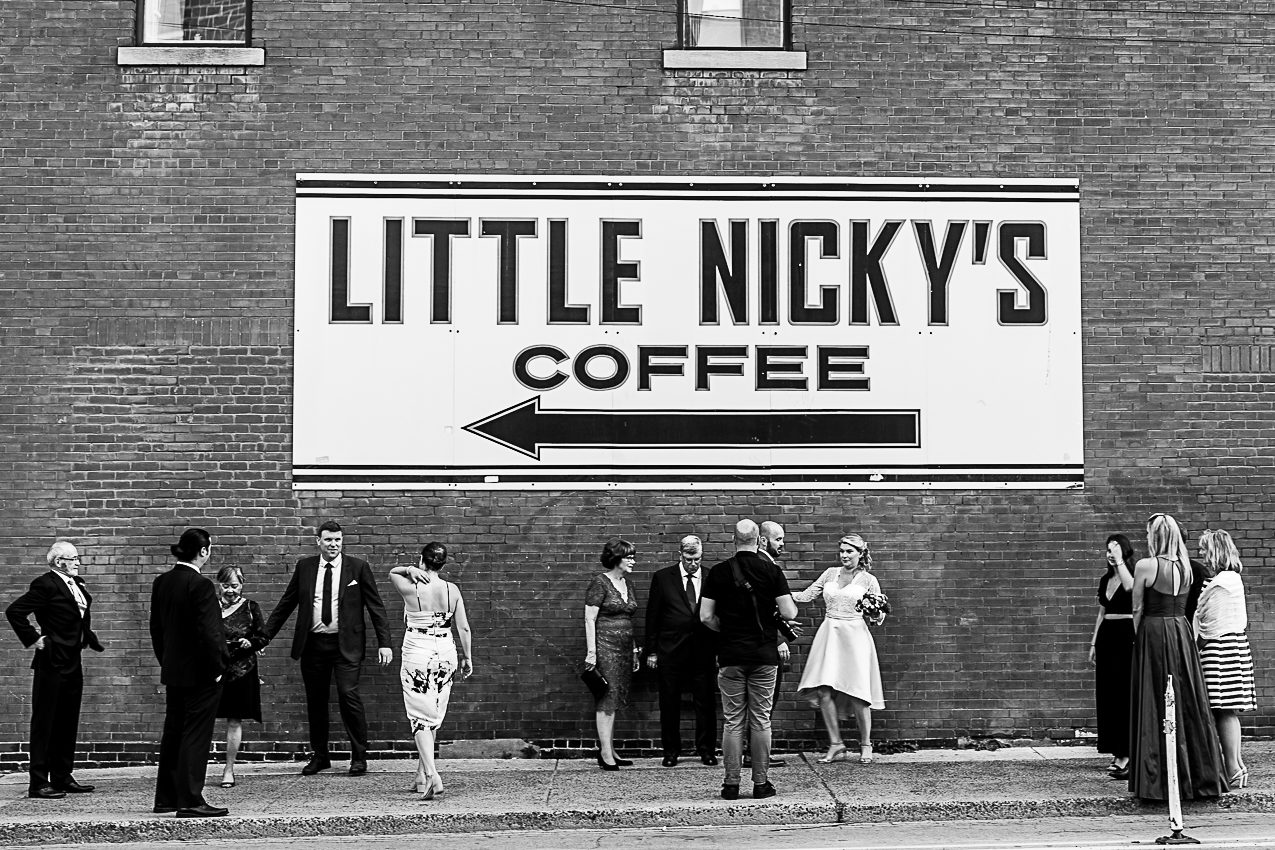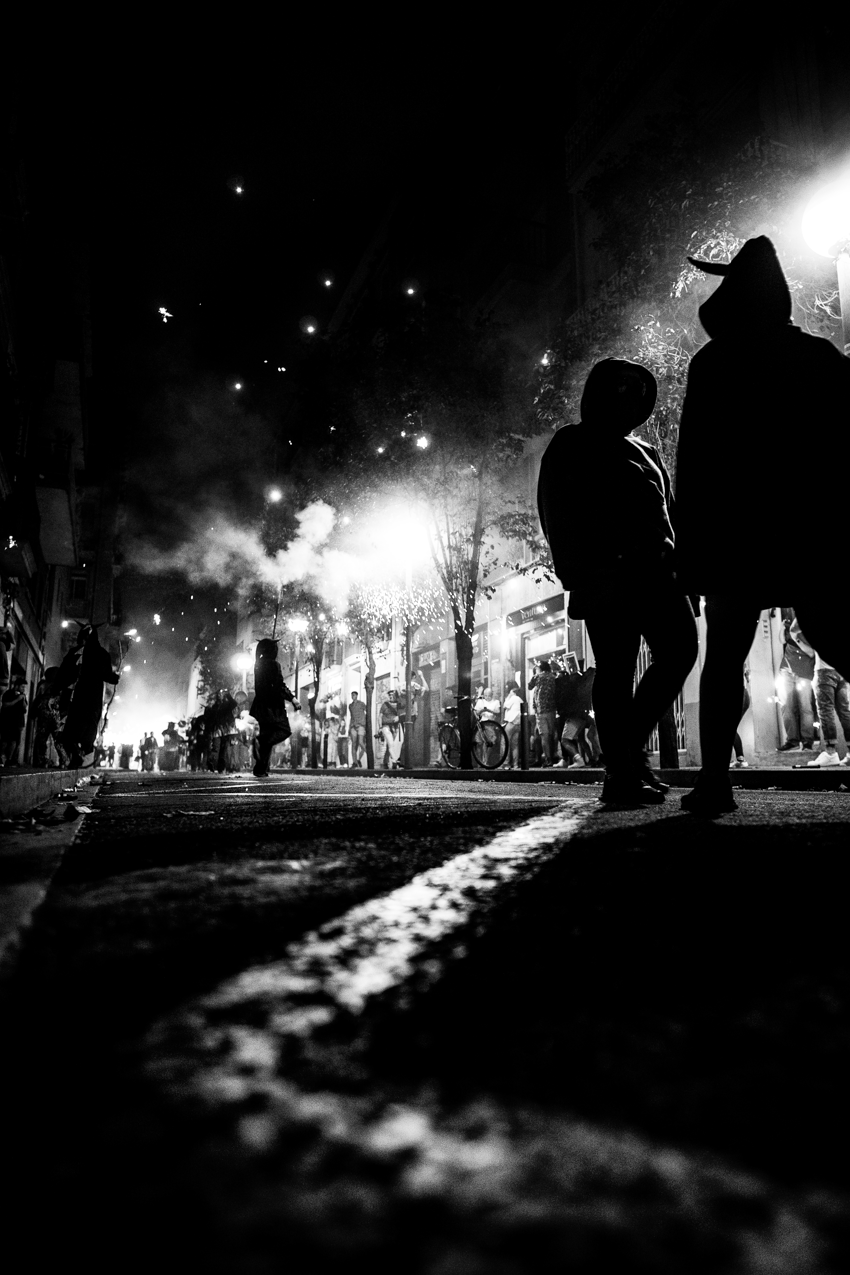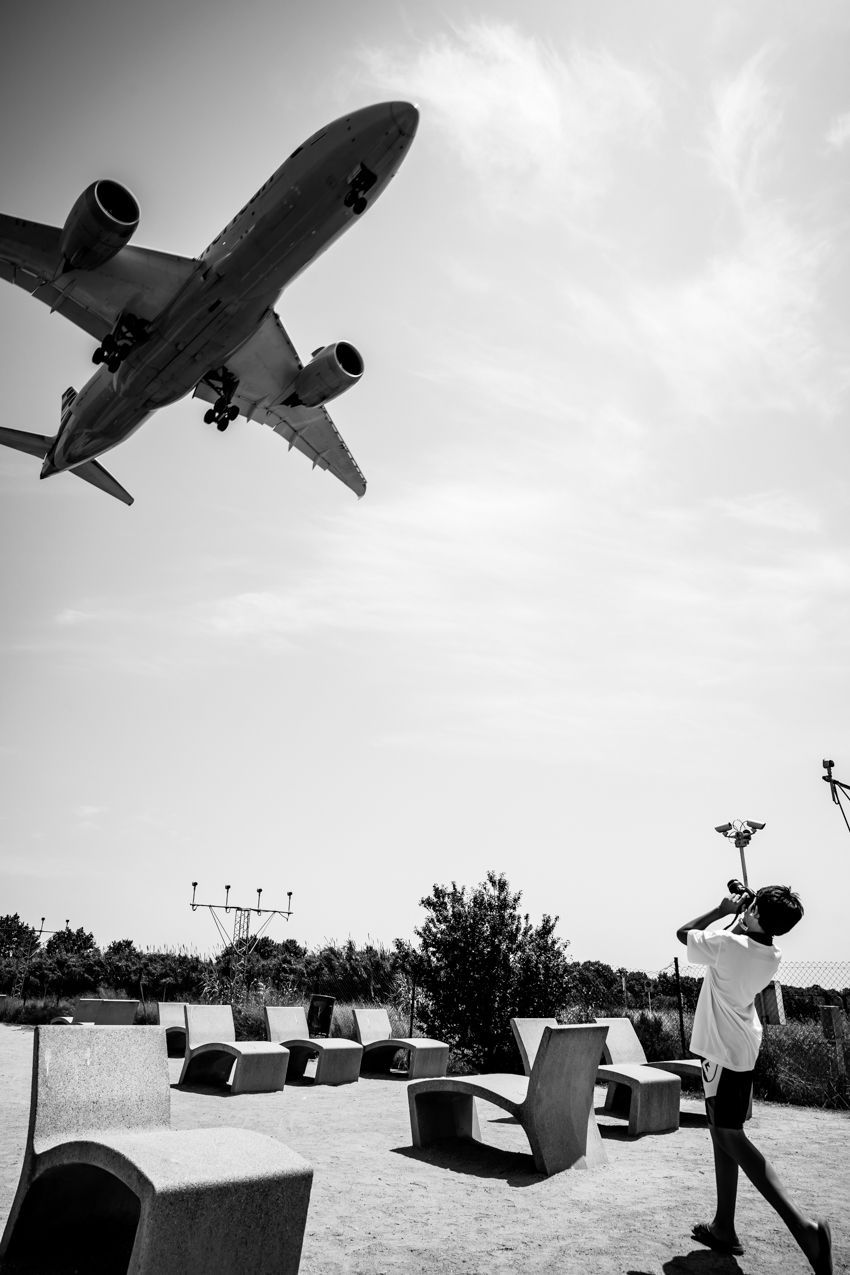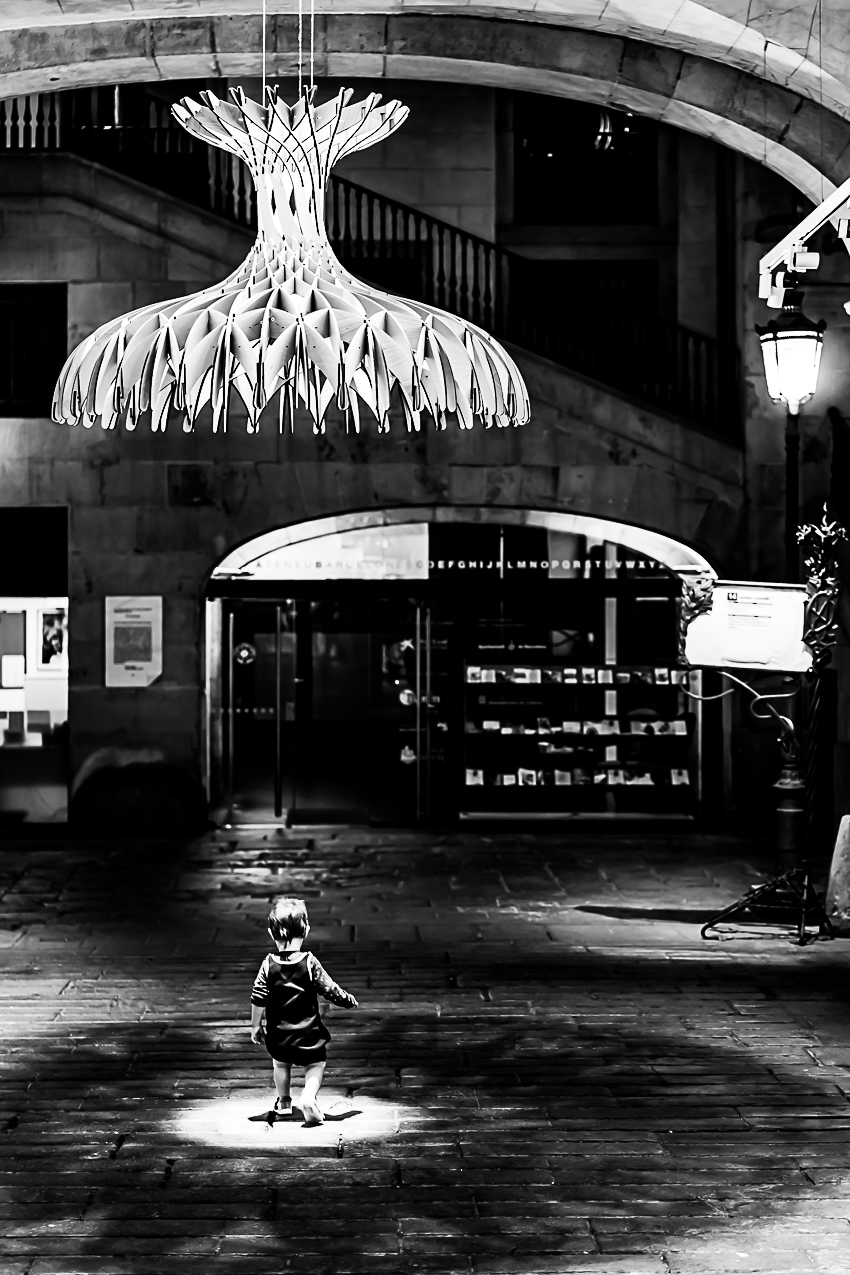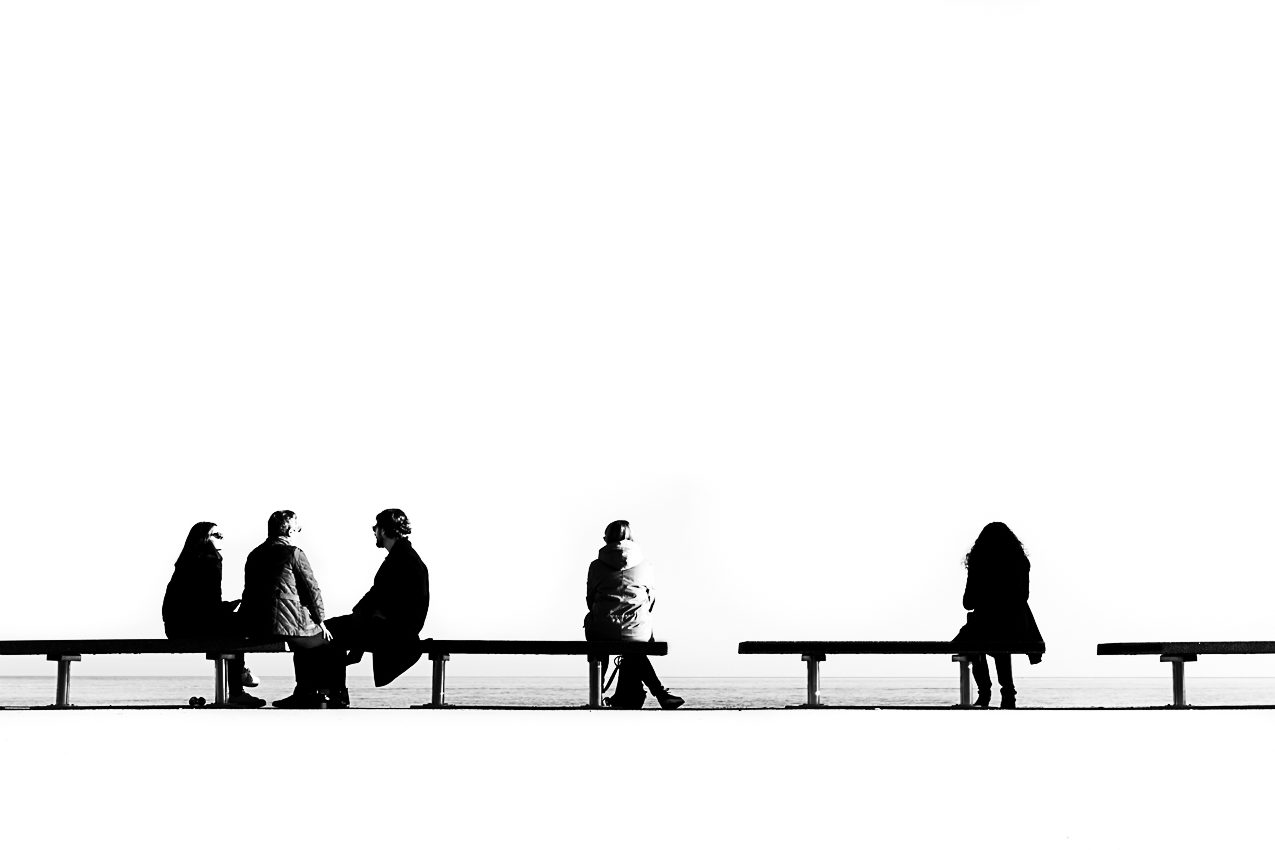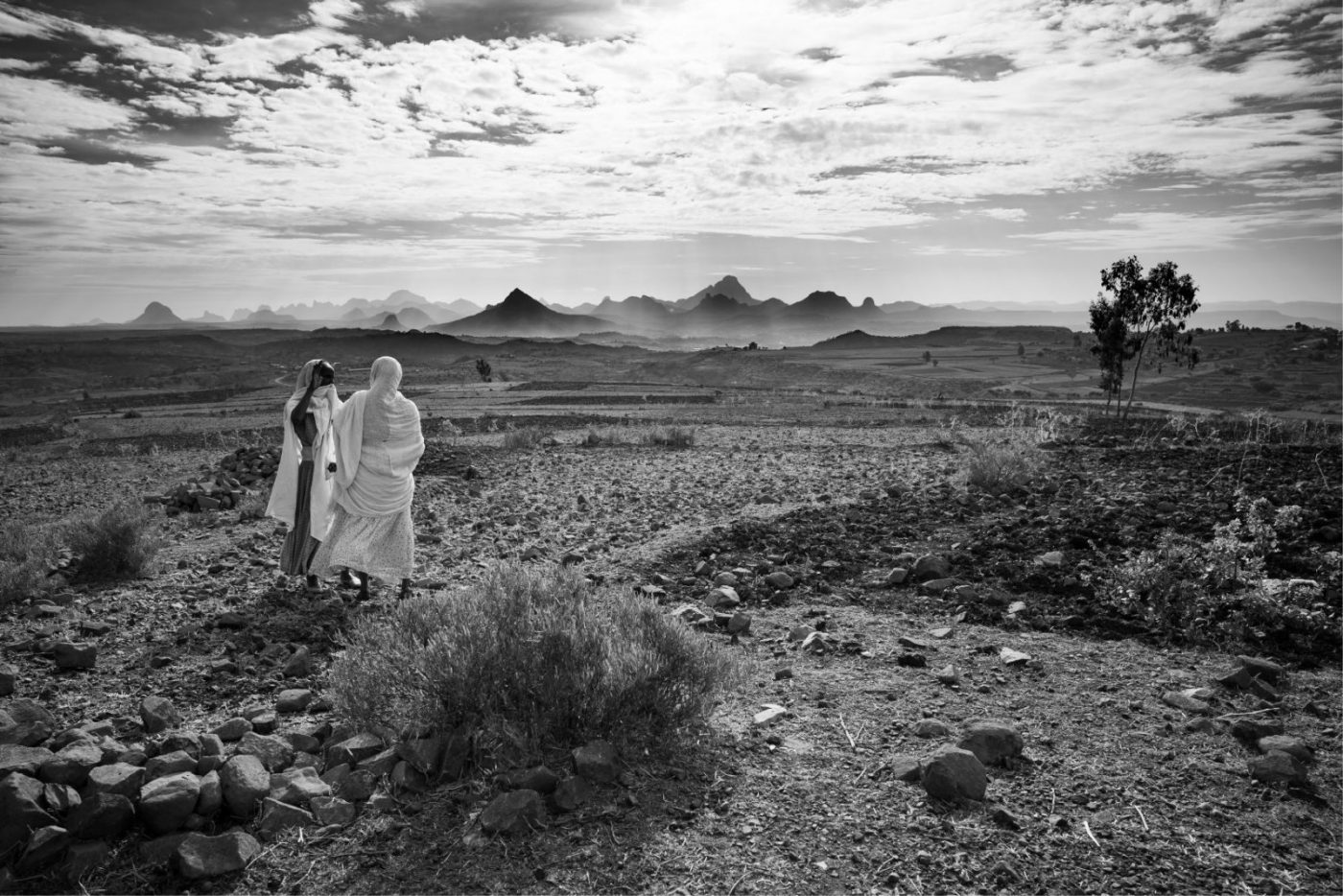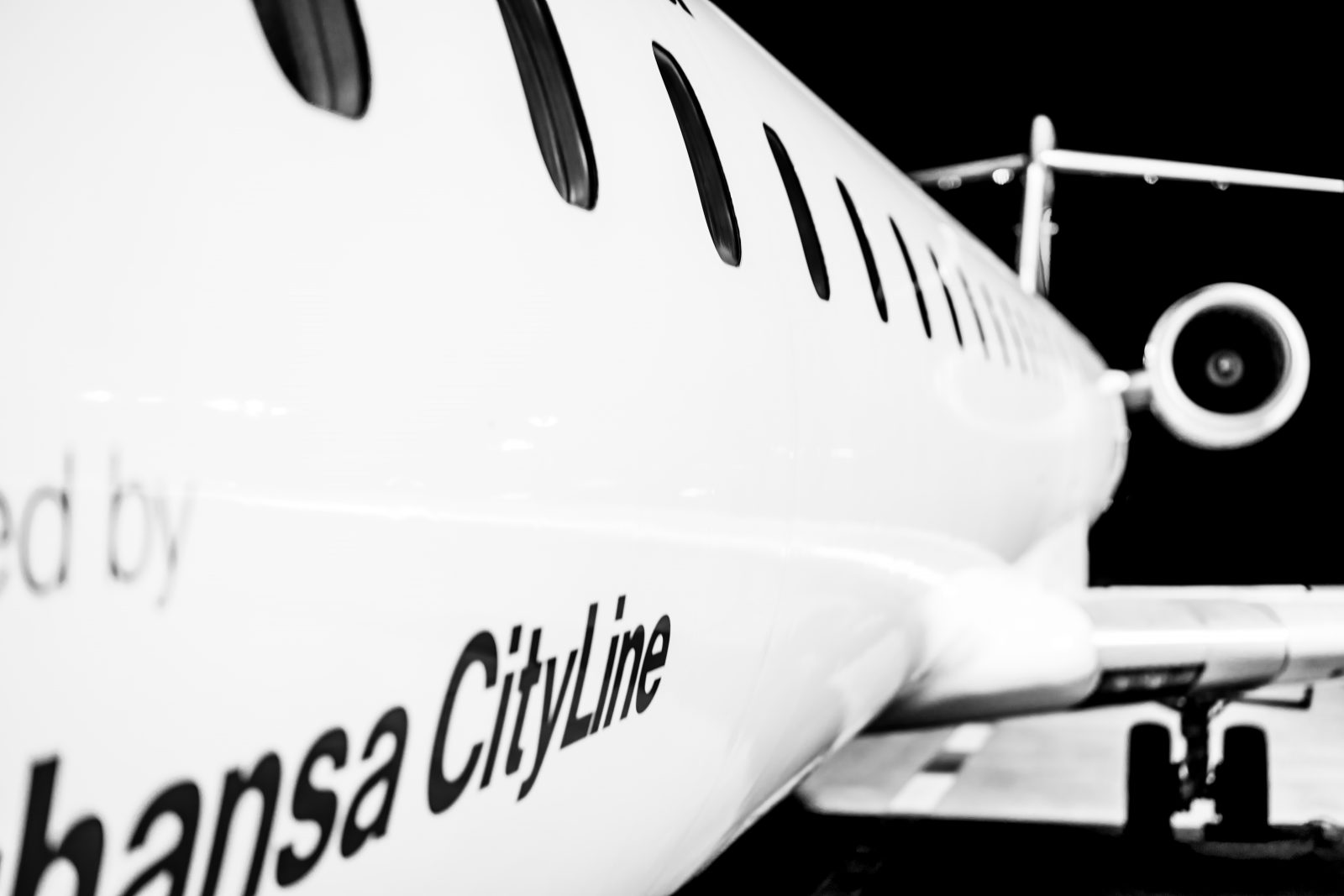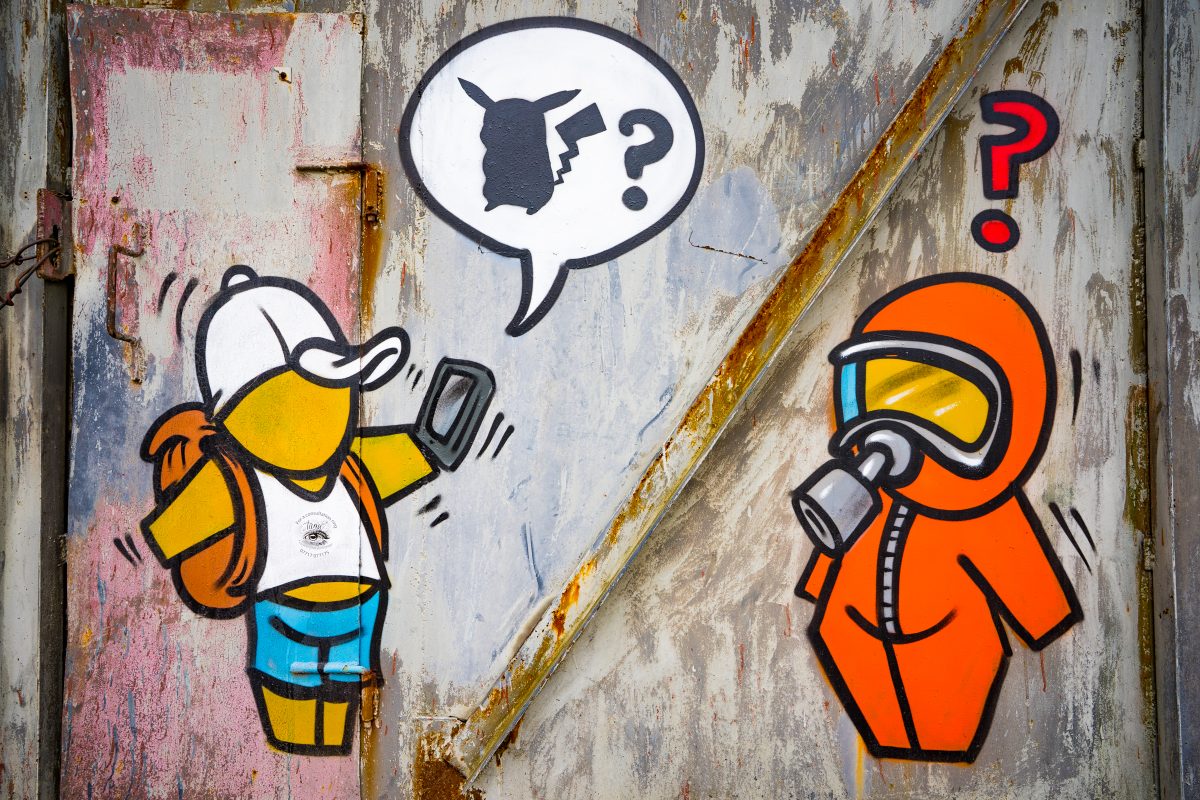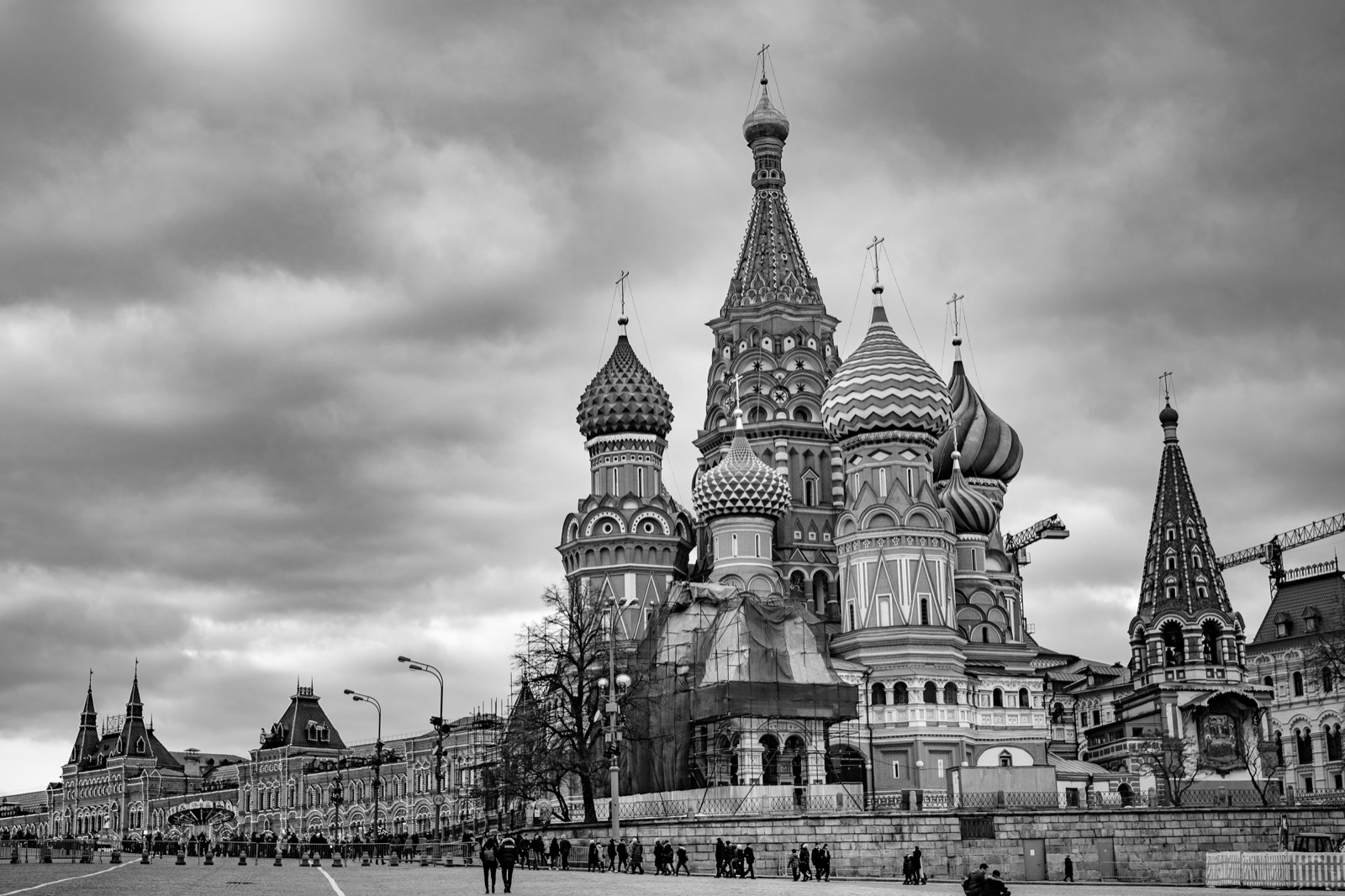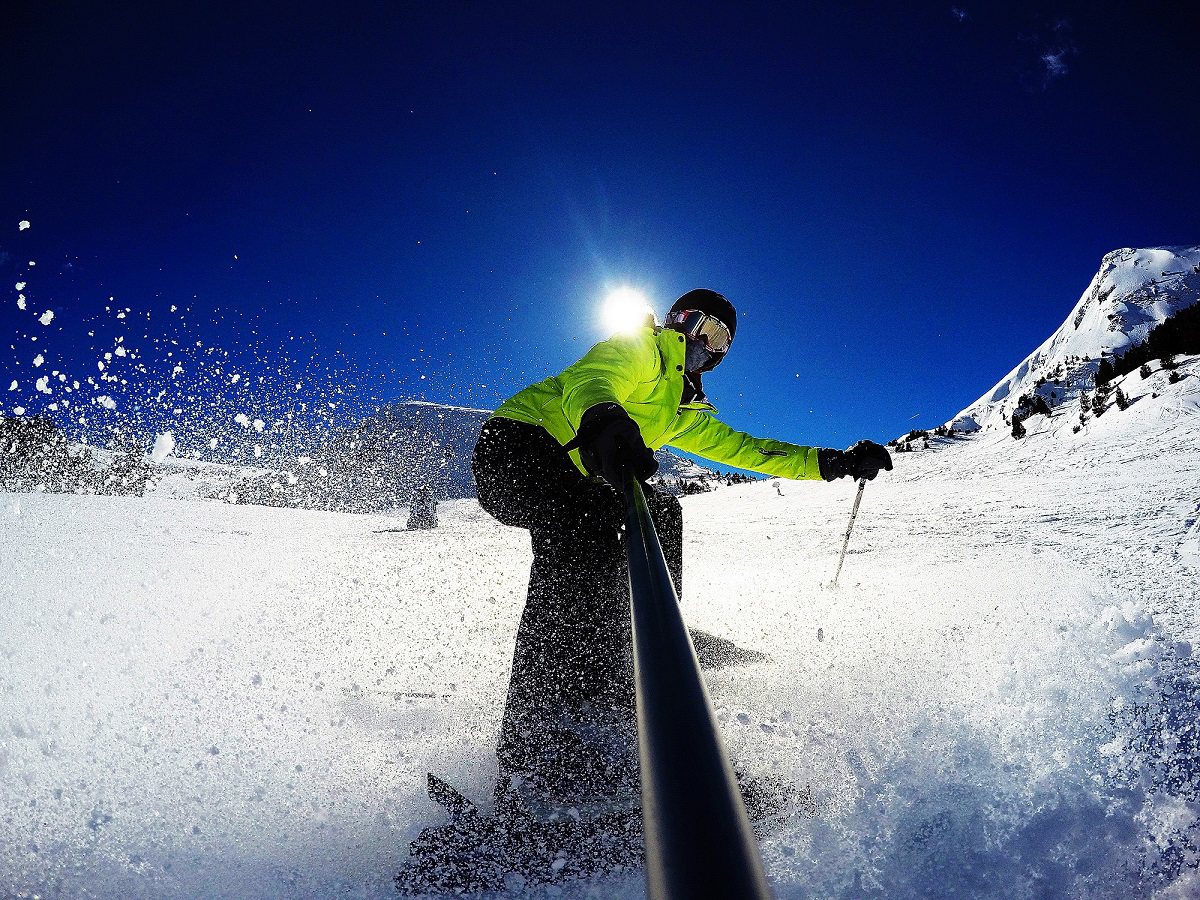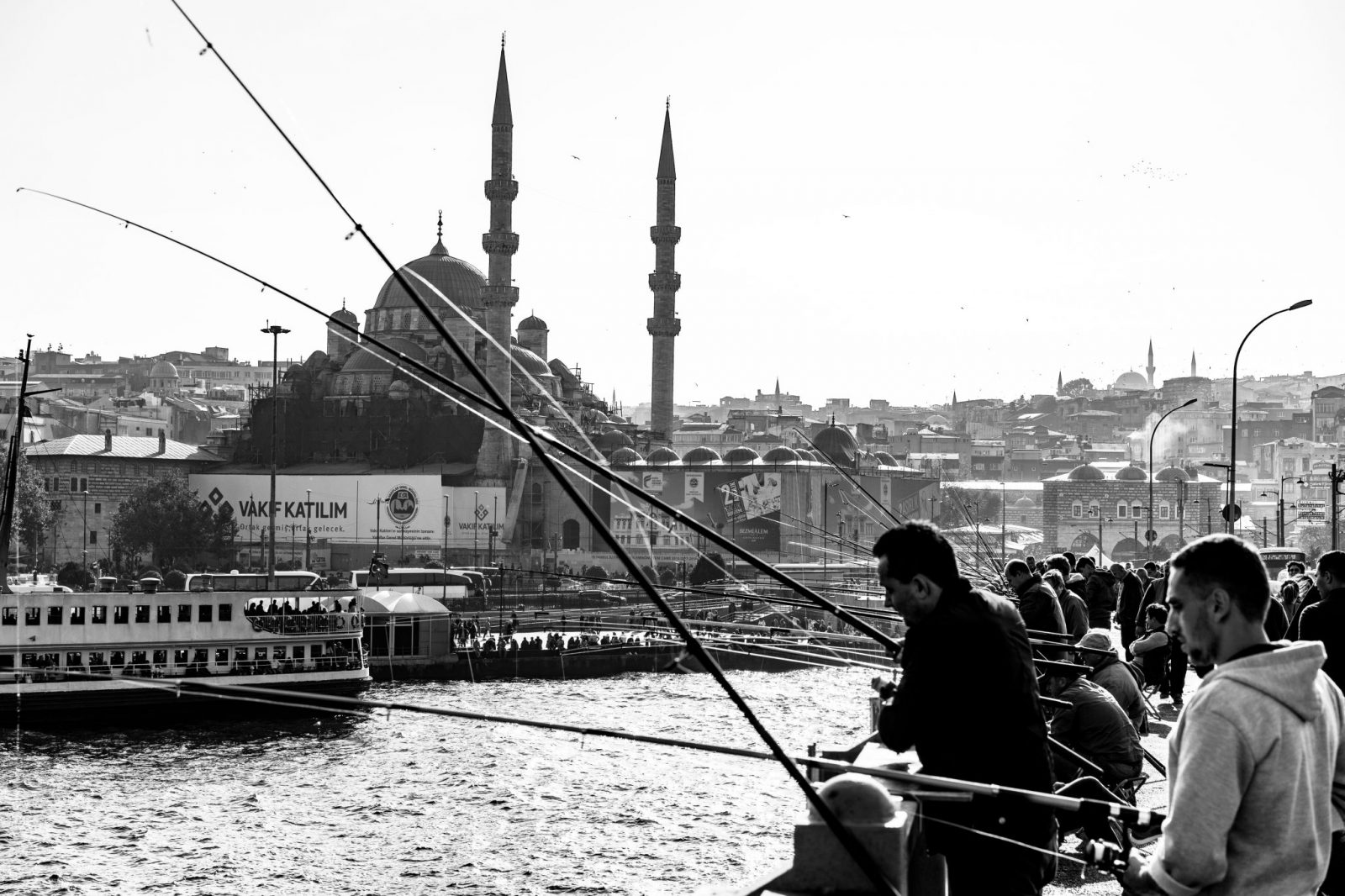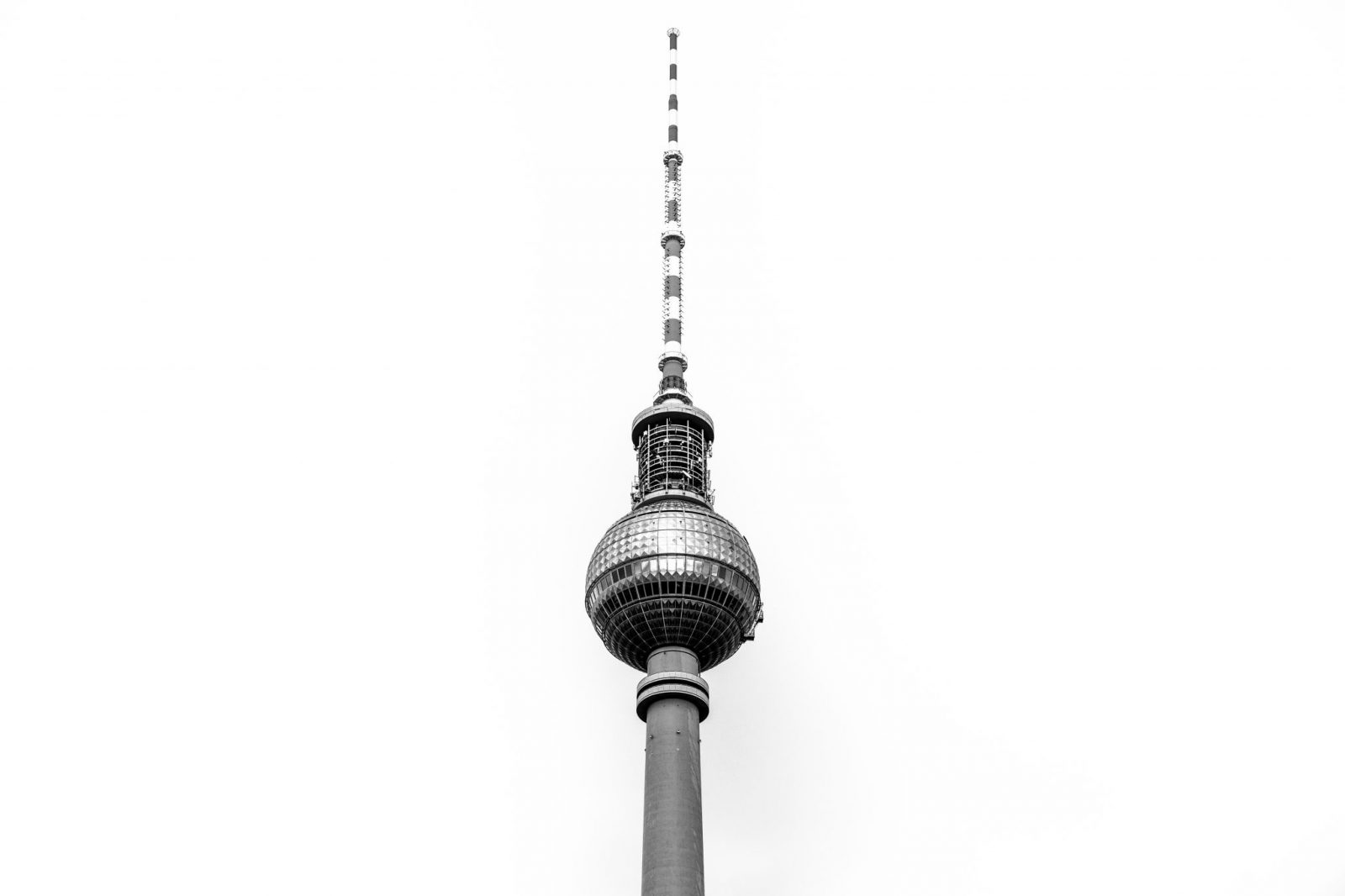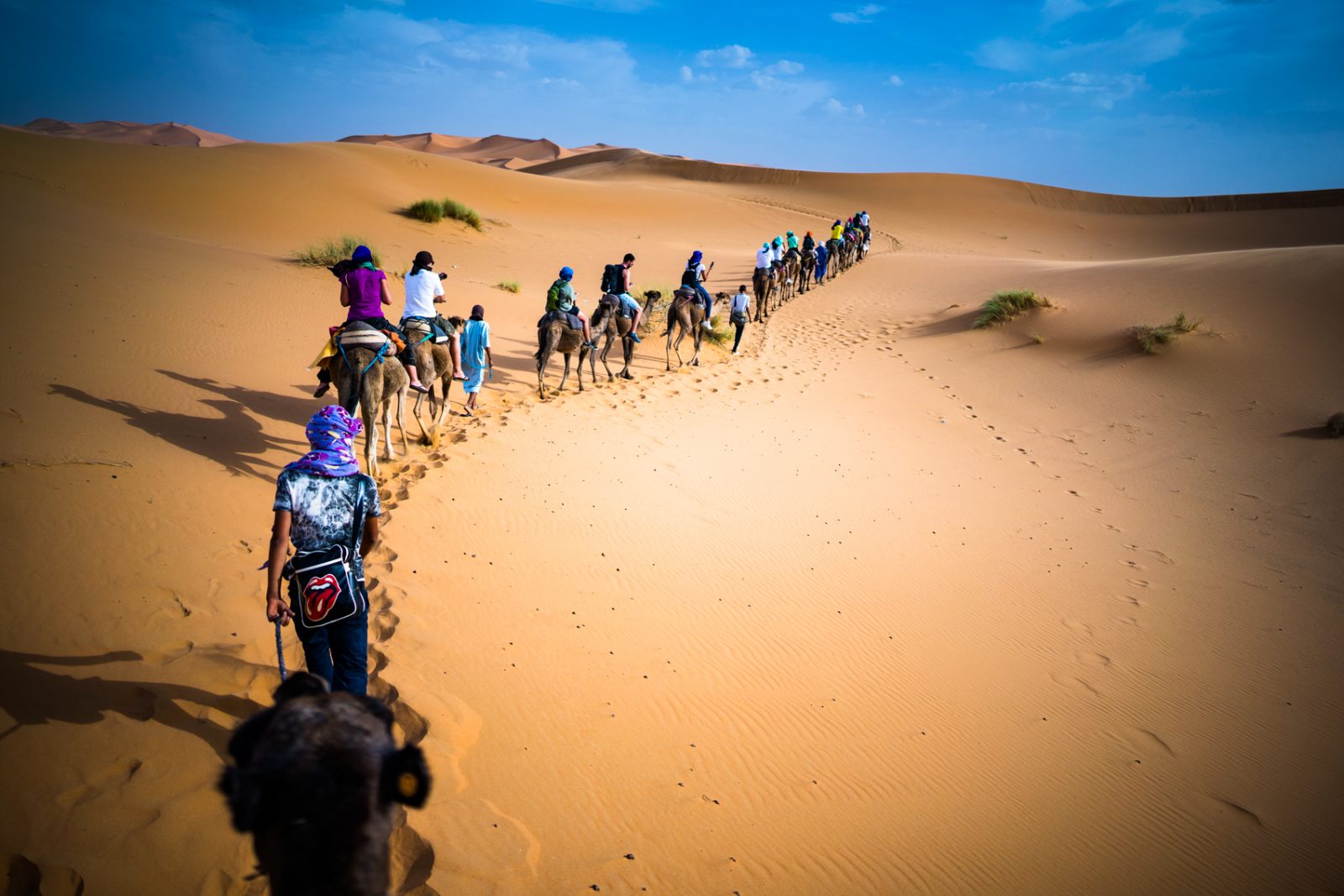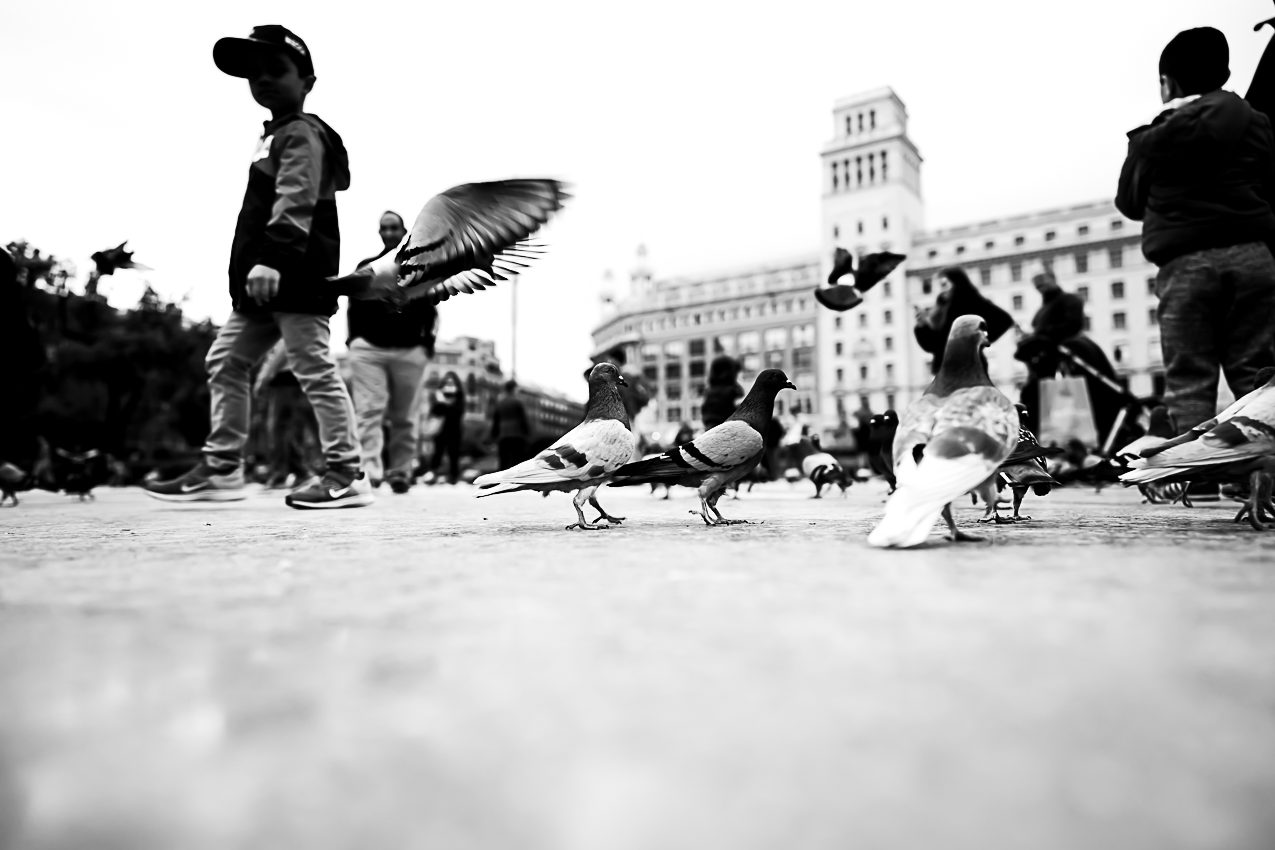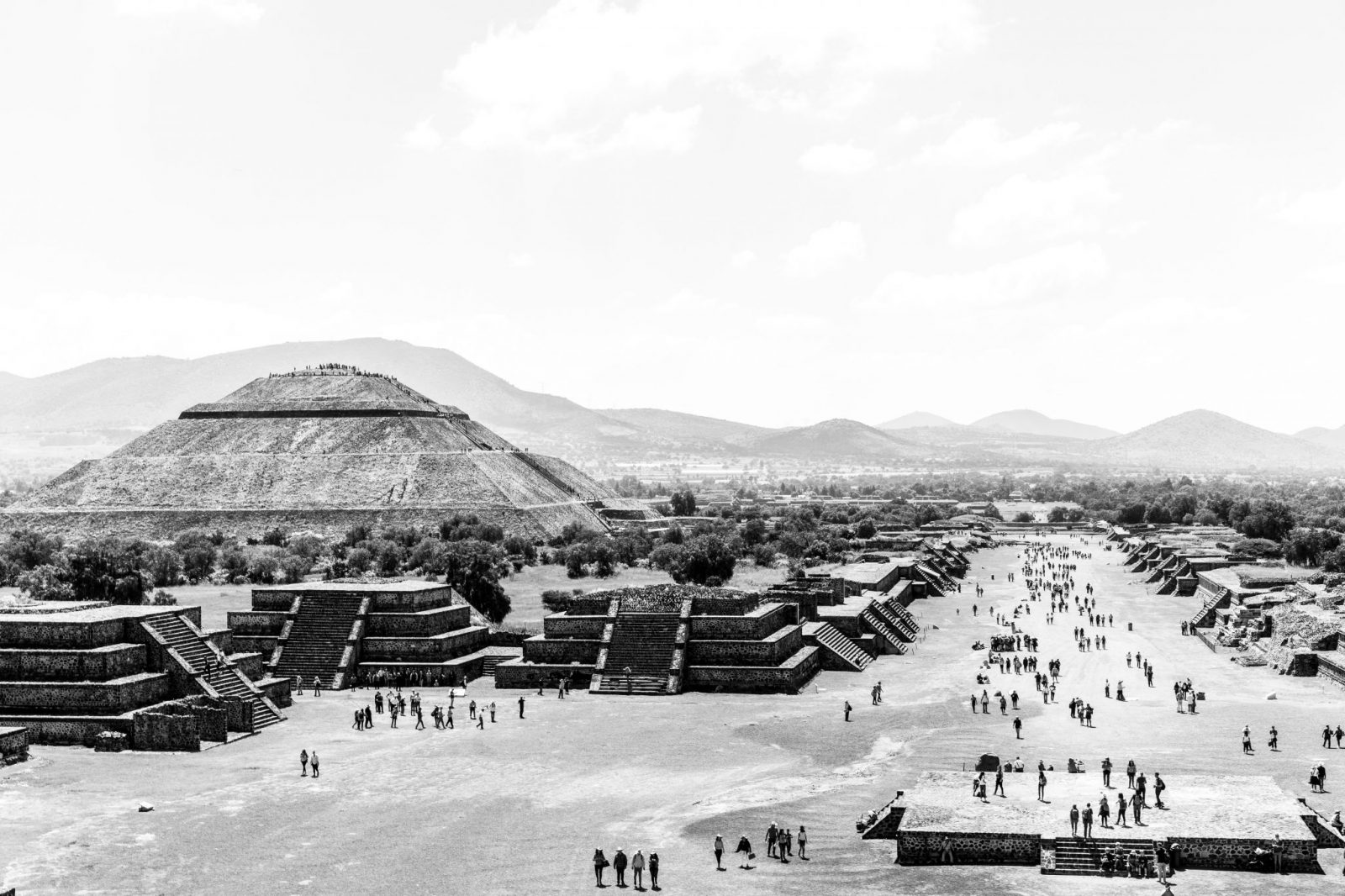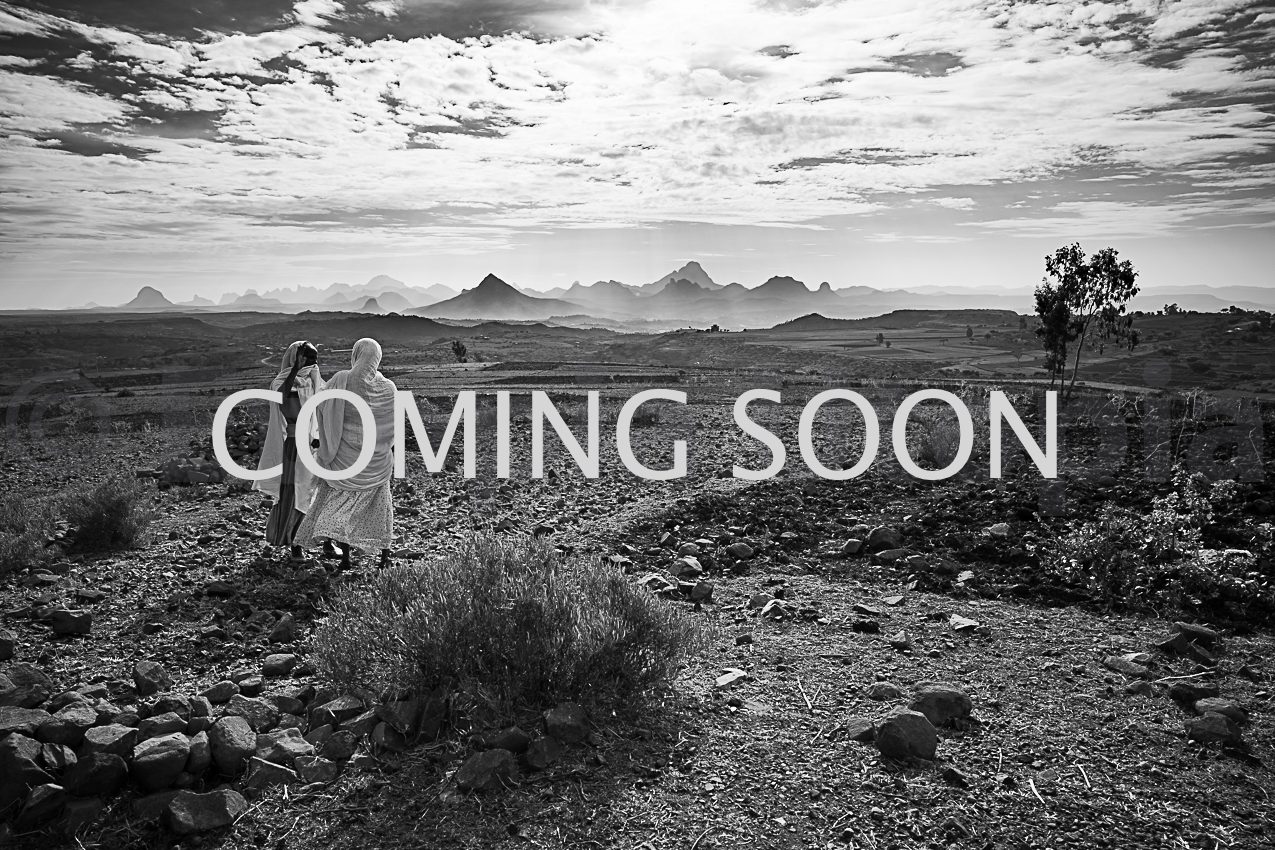RELATIVITY FORMULA
of
STREET PHOTOGRAPHY
Since photographic techniques where discovered around mid 19th century, this science has metamorphosed until becoming an art. Having evolved in a wide range of disciplines, an uncountable number of creators have used it to express their inquietudes during all this time.
Being an art, I agree that the interpretation and joy of a specific photograph is a purely subjective activity; however, there may be some science behind it, don’t you think? In this post, written while I have no internet access on a long and boring flight, I will try to define the mathematic formula of Street Photography.
“The E=mc2 of street photography”
Would you like to join me in this trip? Continue reading!
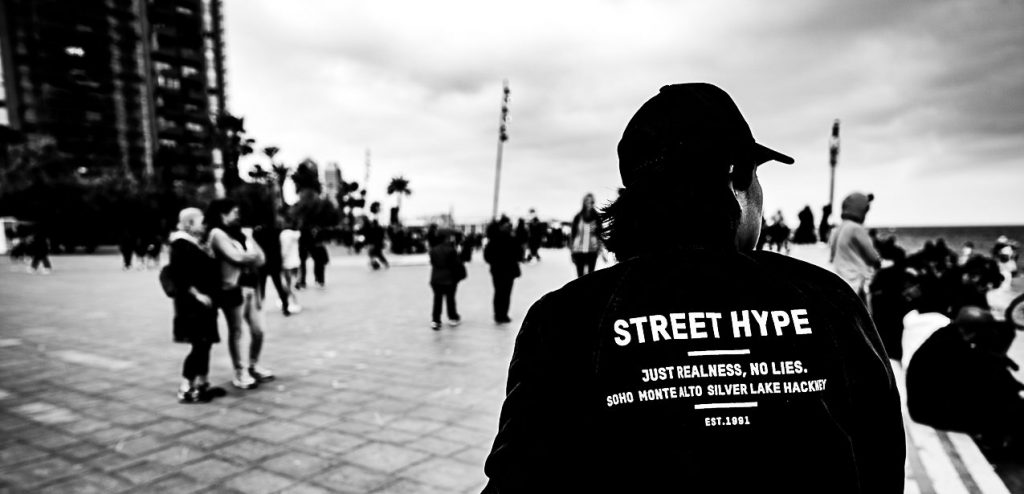
Barceloneta, 2019
According to Maciej Dakowicz (web), Street Photography can be defined as “changing ordinary things into extraordinary through the act of photographing them”. One of the key differentiators from this discipline compared to other photography specialisations is that the captures are always improvised, this means, there is no preparation, models, light or scenario setups, but the photographer seeks the combination of all these in the street to capture the moments.
From all these variables, there are few that in my opinion are key factors in a street style photograph. Let’s analyse them:
PEOPLE
For me, what makes a big difference in a street photography picture is the subject. Well, the subject could be a building, an animal or any other thing, but as humans, we feel much more identified with other humans, and that’s why in my opinion having people in the frame makes a picture much more impacting.
Buildings and streets are always there, and dogs, pigeons or monkeys do not complain if you take a picture of them. However, it is much more challenging to photograph other people; take your camera and go out to photograph others, it’s scaring, huh? (Here we touch a moral aspect of photograph, but we can discuss that in another post.).
Moreover, each photographed person tells a story, even it is in a picture, and this allows us to create a narrative within the artwork we are producing. How this narrative is interpreted and understood by the person watching our photograph will depend in many factors, the subject among them, but specially in the one analysed just in the next point. Continue reading!
SITUATIONS
Even though only one person is enough to already create a story, the moment or the action that surrounds this subject will be a key factor in giving value and extension to this imaginary or fiction narrative. The movements, a gaze or actions that can be captured provide a baseline for the watcher to allow him/her create this story about this unknown subject. How this context is provided within the photograph will depend on the style, originality and capacity of the creator to deliver a meaningful capture.
The context where the subject is photographed will completely condition the story that the watcher will create. This, at some point could be dangerous, as not showing or avoiding specific items in a photograph may distort the reality.
In our case though, as we are not doing journalism or documentary photography this should not be an issue as long as we respect and don’t dishonour our subjects in our pictures.
LIGHT
As taking a photograph means capturing the light that comes bounced back from the subjects and objects in our scene, it is another of the key elements in a picture.
If there is no light, there is no picture.
But the light not only affects how we should expose a photograph, but also will impact colours, textures, clarity, shapes or many other aspects in our frame. Depending on the light, the sensor of our camera will have different behaviours as it has limited capacity to capture all the dynamic range of the light in front of us. Therefore, the photographer has the responsibility to use the light as part of the composition in order to enhance or diminish specific areas of the image, boosting the story, subject or the purpose of the capture to show it to the viewer.
One same scenario can be very differently interpreted and captured by a photographer depending on how the exposure and composition is managed:
High light factor pictures
What is it what makes a photograph good? It’s light? It’s colors? The people on it? The originality? No, it does not matter. Maybe the light is not good, it’s a black and white picture, or the photograph could even be moved; but what makes a photograph a good photograph is the feelings, the sensation that it transmits.
From what I have learnt seeing thousands of photographs, is that for my very specific case, these three factors combined in a photography may deliver a picture that generates something in me. Any photography could be the best for someone as far as it transmits something powerful to the people who sees it.
So, how can these be represented in a universal formula?
Emulating Einsteins theory of relativity, this is my proposal:
F=L·PS
Feelings = Light x People ^ Situations
Could this be the formula for street photography? Probably not :-).
We are just about to land. I hope you enjoyed the reading!
Check other posts:
Ethiopia VI – Ibili Kaleak kaleko argazkilaritza (eus)
Kaleko argazkilaritza proiektua Etiopian, bizipenak, hausnarketak eta bitxikeriak.
Ethiopia VI – Ibili Kaleak street photography (eng)
Street photography project in Ethiopia; livings, thoughts and curiosities.
Etiopia VI – Ibili Kaleak Fotografía Callejera (es)
Proyecto de fotografía callejera, vivencias, reflexiones y curiosidades de mi visita a Etiopía.
Ethiopia V – Wukro Atletismo (eng)
A journey through Wukro and its athletes team in order to understand what is passion.
Etiopia V – Wukro Atletismo (esp)
Un viaje por Wukro y su equipo de atletismo para poder entender qué es la pasión.

